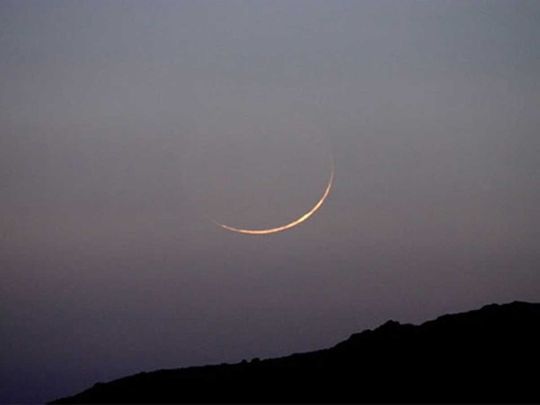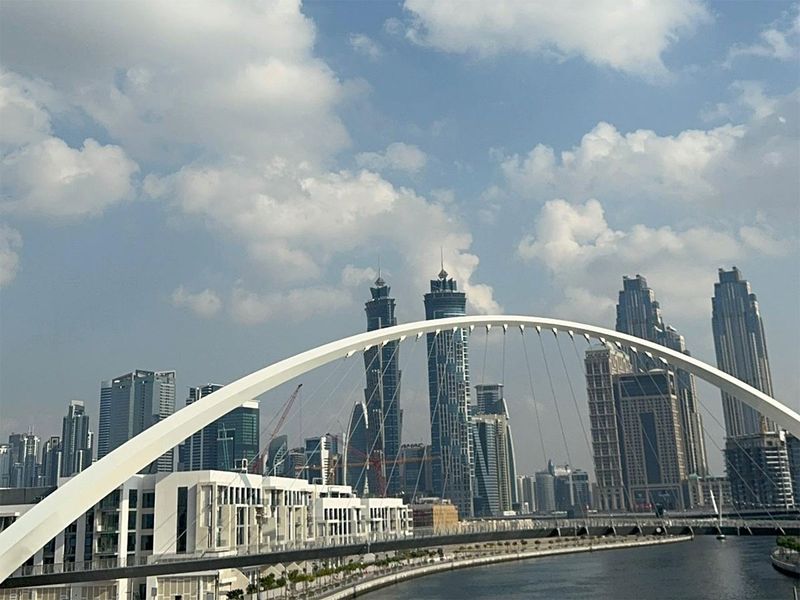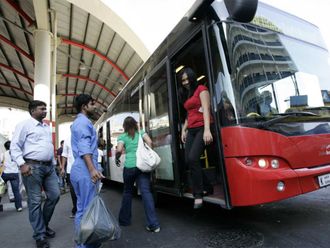
Dubai: Residents across the UAE can expect mild temperatures for most of Ramadan this year, with a gradual rise towards the latter half of the month.
Falling within the spring season, Ramadan will coincide with the first transitional period between winter and summer, this year.
Today, after the UAE announced that Monday, March 11 will be the first day of Ramadan, the National Center of Meteorology released a weather report explaining expected weather conditions from March 11 to April 9.
As the spring season gets underway, daytime temperatures are forecast to be comfortable in most areas during the first half of Ramadan, gradually rising in the latter half. Nights and mornings will remain cool, providing welcome relief for pre-dawn meals (suhoor) and evening prayers.
"The weather on most days of Ramadan will be mild in most areas during the first half of the month and temperatures tend to rise in the second half, and mild to pleasant temperatures during the night and morning hours," the NCM report read.
Temperature in UAE during Ramadan
"According to the climatic statistics for this month, the average maximum temperature ranges between 29°C and 34°C, with maximum temperatures reaching approximately 45°C in some inland areas during daytime.
"The average minimum temperature ranges between 18°C and 21°C, with the lowest minimum temperature reaching approximately 3°C in some mountainous or inland areas during the early morning hours," the report explained.
Will it rain during Ramadan, this year?

There is a chance of overcast skies and rainy clouds developing over the country on some days, during the first half of Ramadan, this year.
Explaining the pattern of precipitation observed during the transition period from winter to summer, the report added: "During this period, the Siberian high-pressure system gradually weakens and declines, especially in the second half of the month.
"The region is affected by a passing low-pressure trough system, as low pressure extends from the west or the east, accompanied by a deep upper air low-pressure trough, increasing the chance of rainy clouds over the country."
However, the long-term forecast for April indicates that the rainfall amount will be less than the average, as the average amount of rain in this month over the country is 9 mm. "The highest amount of rainfall recorded within a 24-hour period during previous years was 100.4 mm in Jumeirah on March 21st, 2020," the report stated.
Foggy conditions expected on some days
The report added that relative humidity decreases slightly during this period, especially in the last quarter of the month, although the chances of fog and mist formation remain during the morning hours.
"The average relative humidity ranges from 70 per cent to 78 per cent during night and early morning hours, while it ranges from 20 per cent to 30 per cent during daytime."
Windy, dusty weather at times
"The prevailing winds during night and morning are southeasterly, and in the afternoon and evening are northwesterly winds (land and sea breeze). The wind speed increases as a result of the deepening of pressure systems, which leads to blowing dust and dust at times," the report stated.
Looking at historical weather data, the report added: "The maximum wind speed (gust) recorded was 123 km/h at Dalma in 2020, with an average wind speed of 13 km/h."
Number of hours from Fajr to Maghrib
The number of hours from Fajr (dawn) to Maghrib (sunset) at the beginning of the month will reach approximately 13 hours and 14 minutes. It will gradually increase with the progression of Ramadan to reach approximately 13 hours and 57 minutes at the end of the month, in the city of Abu Dhabi and its surrounding areas.
An addtional note specified that the duration may increase or decrease by a few minutes, whether at the beginning of the month or the end of the month, depending on the location.












